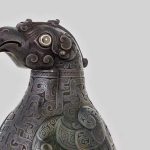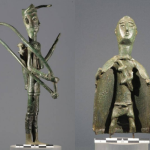The Bitter Creek Survivors: A Tale Forged in Blood and Ice
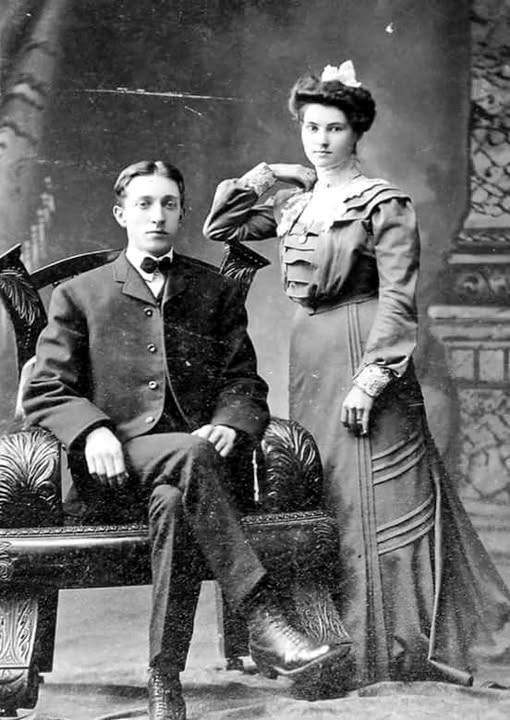
The Bitter Creek Survivors: A Tale Forged in Blood and Ice
Winter in the Sierra Nevada is unforgiving, but the storm that descended in 1881 was worse than most. Snow fell in sheets thick enough to bury wagons, drown trails, and turn hope brittle as ice. It was there, in the white silence, that Caleb and Anna Rourke met death head-on.
Their wagon was caught deep on the Bitter Creek trail. The horses froze in their harness. The firewood burned down to ash. The last strips of meat vanished into the pit of their hunger. They boiled leather straps to keep breath in their bodies, burned wagon wheels to keep their blood warm, and chewed on the bitter edge of survival.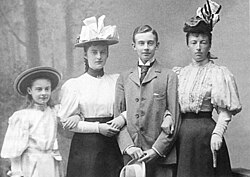
But the storm wasn’t the only hunter. Three claim jumpers had been trailing them—men without conscience, waiting for the snow to finish the work their greed had begun. On the seventh night, with the fire guttering low and the world howling around them, the men made their move.
They thought the Rourkes were broken. They thought hunger had stripped away the fight.
They were wrong.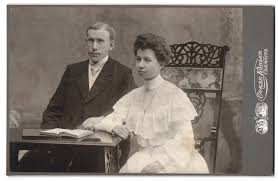
In the blizzard’s throat, Caleb’s rifle cracked, a single shot splitting the night. Anna’s axe followed, its edge slick with ice and fury. The same steel that had split frozen logs now carved a grim tally in the snow. By dawn, the drifts ran red, and the predators lay stiff and silent beneath the storm that had once hidden them.
A week later, Caleb and Anna stumbled into a mining camp—frostbitten, hollow-eyed, but alive. People called them The Bitter Creek Survivors, whispering their names like a warning and a legend.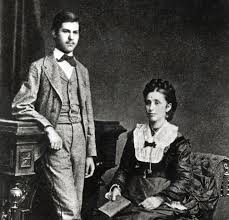
They never told the story themselves.
Survival hadn’t made them heroes. It had turned them into something harder—tempered by hunger, sharpened by violence, forged in a night when the storm wasn’t the worst thing in the dark.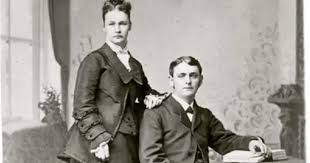
And those who saw them walk out of that winter swore they carried the blizzard with them, like a shadow that never thawed.
